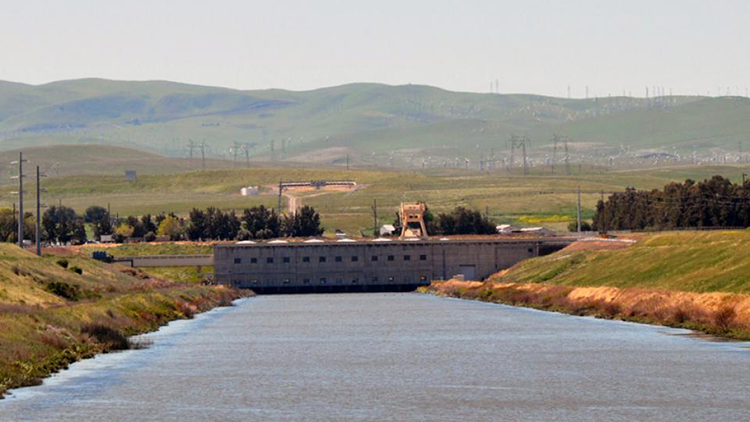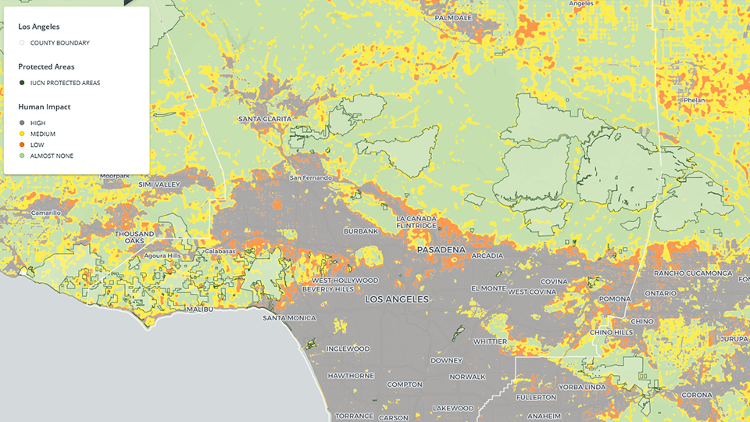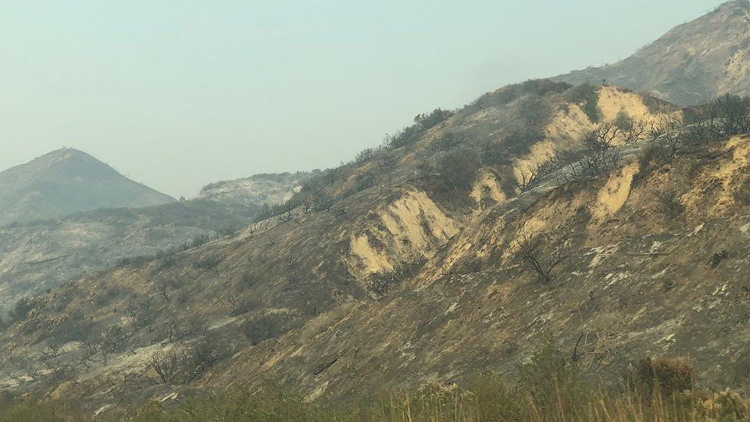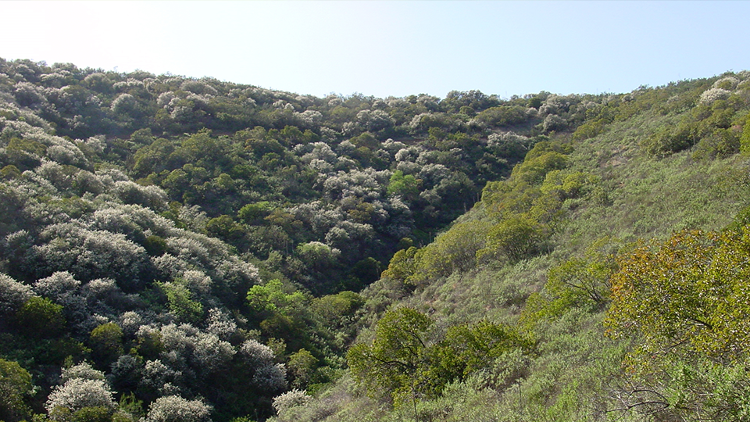
Women are disproportionately responsible for the management of water and its use in households. Despite the fact that household work and decision-making remain highly gendered in the United States, there is limited scholarship on gender and residential water use here. The Gender and Water Project aims to better understand how gender shapes the way people use, value, and save water on an everyday basis in Los Angeles neighborhoods. The project hopes to reduce water consumption and encourage sustainable residential practices countywide in the long run.
Award Year












